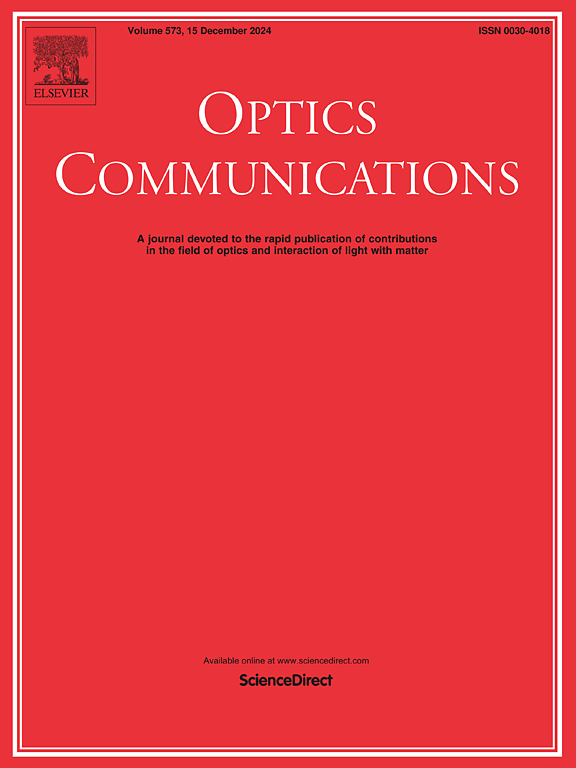Environmental adaptive enhancement for the bionic polarized compass based on multi-scattering light model
IF 2.2
3区 物理与天体物理
Q2 OPTICS
引用次数: 0
Abstract
The bio-polarized compass is an autonomous navigation technology with long-term endurance that has recently attracted the attention of numerous researchers. However, current algorithms for polarimetric compasses based on a single scattering model demonstrate poor adaptability to environmental perturbations. Numerous academic studies have conclusively demonstrated that the multi-scattering model provides a more accurate approximation of the actual scenario. Inspired by insects, we find that multi-scattering models have better environmental adaptability. However, the mathematical formalism of multi-scattering models is generally complex, making it difficult to obtain the solar vector directly from the polarization pattern. Therefore, we propose an inverse algorithm that combines the simulated annealing algorithm and a multi-scattering model, the equivalent incident light model(EIL model), to derive the solar vector from the polarized pattern with strong environmental adaptability. Five experimental sets were conducted across diverse environments, revealing that the errors associated with the bionic polarized compass are consistently below 0.4°, representing a substantial improvement compared to existing compass technology.
基于多散射光模型的仿生偏振罗盘环境自适应增强技术
生物极化罗盘是一种具有长期耐久性的自主导航技术,最近吸引了众多研究人员的关注。然而,目前基于单一散射模型的极化罗盘算法对环境扰动的适应性较差。大量学术研究已经证实,多散射模型能够更准确地近似实际情况。受昆虫的启发,我们发现多散射模型具有更好的环境适应性。然而,多散射模型的数学形式一般比较复杂,很难直接从极化模式中获得太阳矢量。因此,我们提出了一种结合模拟退火算法和多散射模型--等效入射光模型(EIL 模型)的逆算法,从偏振图案中推导出具有较强环境适应性的太阳辐射矢量。我们在不同环境下进行了五组实验,结果表明,仿生偏振罗盘的相关误差始终低于 0.4°,与现有罗盘技术相比有了很大改进。
本文章由计算机程序翻译,如有差异,请以英文原文为准。
求助全文
约1分钟内获得全文
求助全文
来源期刊

Optics Communications
物理-光学
CiteScore
5.10
自引率
8.30%
发文量
681
审稿时长
38 days
期刊介绍:
Optics Communications invites original and timely contributions containing new results in various fields of optics and photonics. The journal considers theoretical and experimental research in areas ranging from the fundamental properties of light to technological applications. Topics covered include classical and quantum optics, optical physics and light-matter interactions, lasers, imaging, guided-wave optics and optical information processing. Manuscripts should offer clear evidence of novelty and significance. Papers concentrating on mathematical and computational issues, with limited connection to optics, are not suitable for publication in the Journal. Similarly, small technical advances, or papers concerned only with engineering applications or issues of materials science fall outside the journal scope.
 求助内容:
求助内容: 应助结果提醒方式:
应助结果提醒方式:


